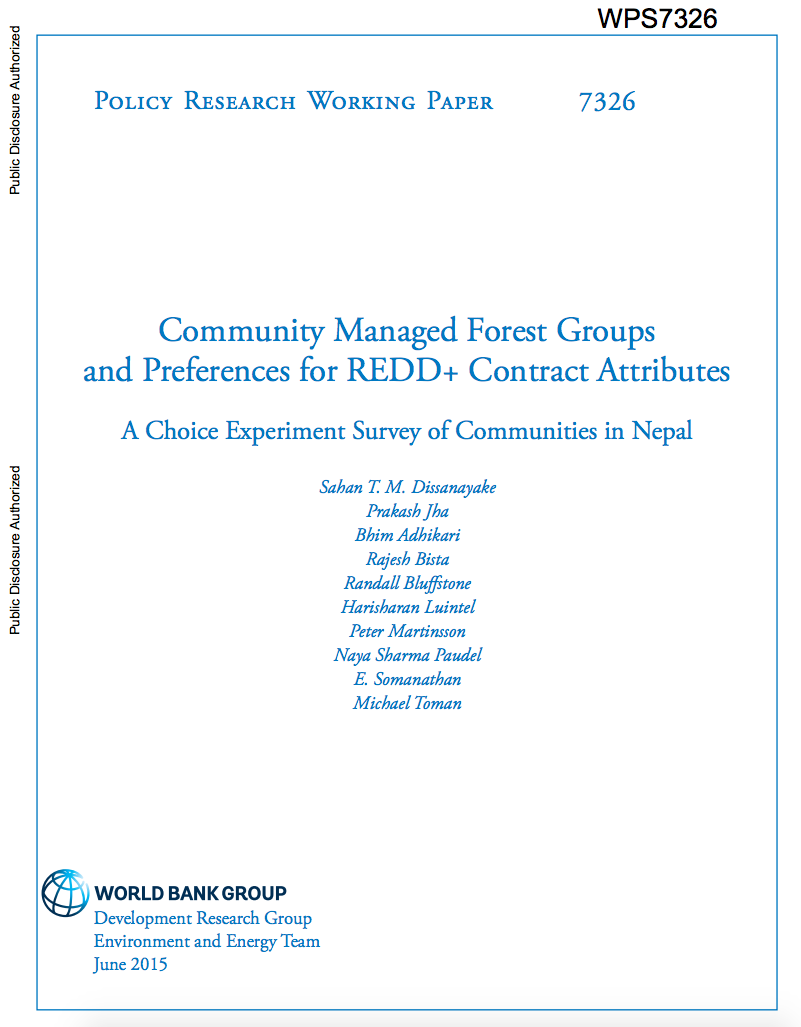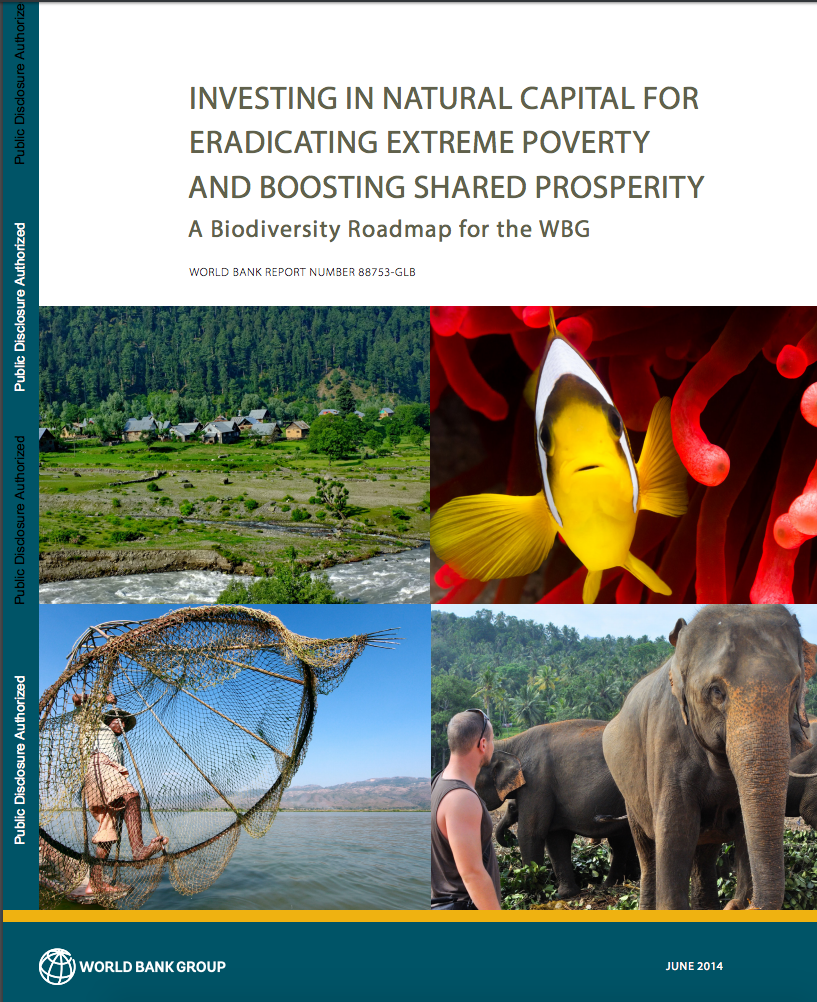Protecting land rights in Ratanakiri, Cambodia
Community Forestry International trained and educated energetic extension workers, both young and old, from the indigenous Tampuan, Jarai, and Kreung tribes of Ratanakiri province. They are now part of an indigenous peoples’ network that is dedicated to protecting the land and forest rights of the unique indigenous communities of Ratanakiri province.




